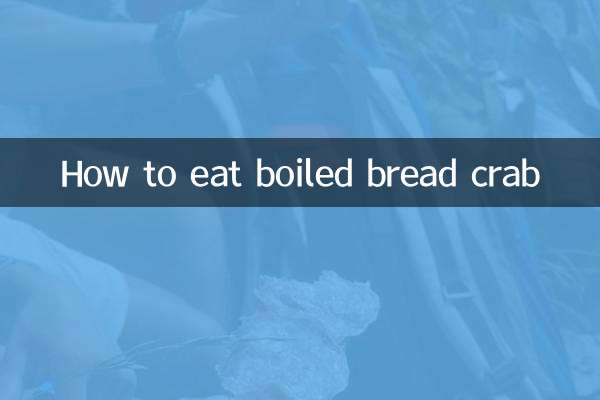How does the noodles ferment
Fermentation is an indispensable part of the pasta making process, which determines the fluffy, taste and flavor of the dough. Whether it is buns, steamed buns or bread, fermentation is a key step. This article will in-depth discussion on the fermentation principles and methods of the entire network and the popular fermentation topics in the past 10 days to help you better understand this magical process.
1. The scientific principle of fermentation

Fermentation is the process by which microorganisms (such as yeasts) break down sugars under appropriate conditions to produce carbon dioxide and alcohol. Carbon dioxide gas expands the dough, while alcohol gives the dough a unique flavor. The following are the main factors affecting fermentation:
| Factors | effect | Best range |
|---|---|---|
| temperature | The key to yeast activity | 25-30°C |
| humidity | Prevent the dough from drying | 70-75% |
| time | Fully fermented | 1-2 hours |
| Yeast dosage | Influence fermentation speed | 1-2% of flour |
2. Popular topics on the Internet in the past 10 days
Through the analysis of the entire network data, the following are the recent hot topics and discussions about fermentation:
| Ranking | topic | Popularity index | Main discussion content |
|---|---|---|---|
| 1 | Culture of natural yeast | 95 | How to cultivate natural yeast species at home |
| 2 | Long-term fermentation at low temperature | 88 | Tips and advantages of refrigerator refrigeration fermentation |
| 3 | Yeast-free fermentation method | 82 | Use wine, yogurt and other alternatives to yeast |
| 4 | Remedy for fermentation failure | 76 | Causes and solutions for the dough not to be served |
| 5 | Whole wheat flour fermentation | 70 | Special treatment of whole wheat dough fermentation |
3. Comparison of common fermentation methods
Different fermentation methods can affect the final quality of the pasta. Here is a comparison of three mainstream fermentation methods:
| Fermentation type | Time required | Flavor Features | Suitable for pasta | Difficulty |
|---|---|---|---|---|
| Direct fermentation method | 1-2 hours | Lighter flavor | Ordinary steamed buns and buns | primary |
| Medium fermentation method | 12-24 hours | Strong flavor | European style bread | intermediate |
| Natural yeast method | 3-5 days | Unique sour fragrance | Sour bread | advanced |
4. Fresh FAQs
According to recent online discussions, the following are the fermentation issues and solutions that users are most concerned about:
| question | Possible Causes | Solution |
|---|---|---|
| The dough does not ferment | Yeast failure/high temperature | Replace yeast / increase ambient temperature |
| Overfermentation | Too long/too much yeast | Shorten time/reduce yeast volume |
| Have a sour smell | Fermentation time is too long | Control fermentation time |
| Rough tissue | Inadequate kneading/uneven fermentation | Knead the dough fully/attention to the fermentation environment |
5. Fermentation tips
1.Determine that the fermentation is completed:Press the dough lightly with your fingers, and the sunken and rebound slowly means that the fermentation is complete.
2.Accelerate fermentation:Warm water can be added to the steamer to create a warm and humid environment.
3.Save yeast:Unopened dry yeast should be stored in a refrigerated manner and should be sealed and frozen after opening.
4.Alternatives:In an emergency, you can use 1 teaspoon baking soda + 1 teaspoon lemon juice instead of 1 teaspoon yeast.
5.Secondary fermentation:Secondary fermentation after plastic surgery can improve the finished product tissue, and the time is about 30 minutes.
Conclusion
Fermentation is a skill that combines science and art. By understanding the principles of fermentation, mastering the correct methods and following the latest trends, you will surely make a more perfect pasta. Remember, good fermentation requires patience and practice, and don’t be discouraged by the first failure. I wish you to go further and further on the road of pasta making!

check the details

check the details